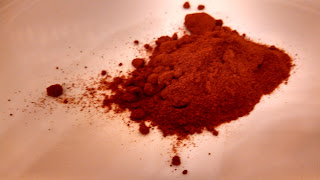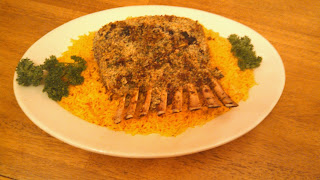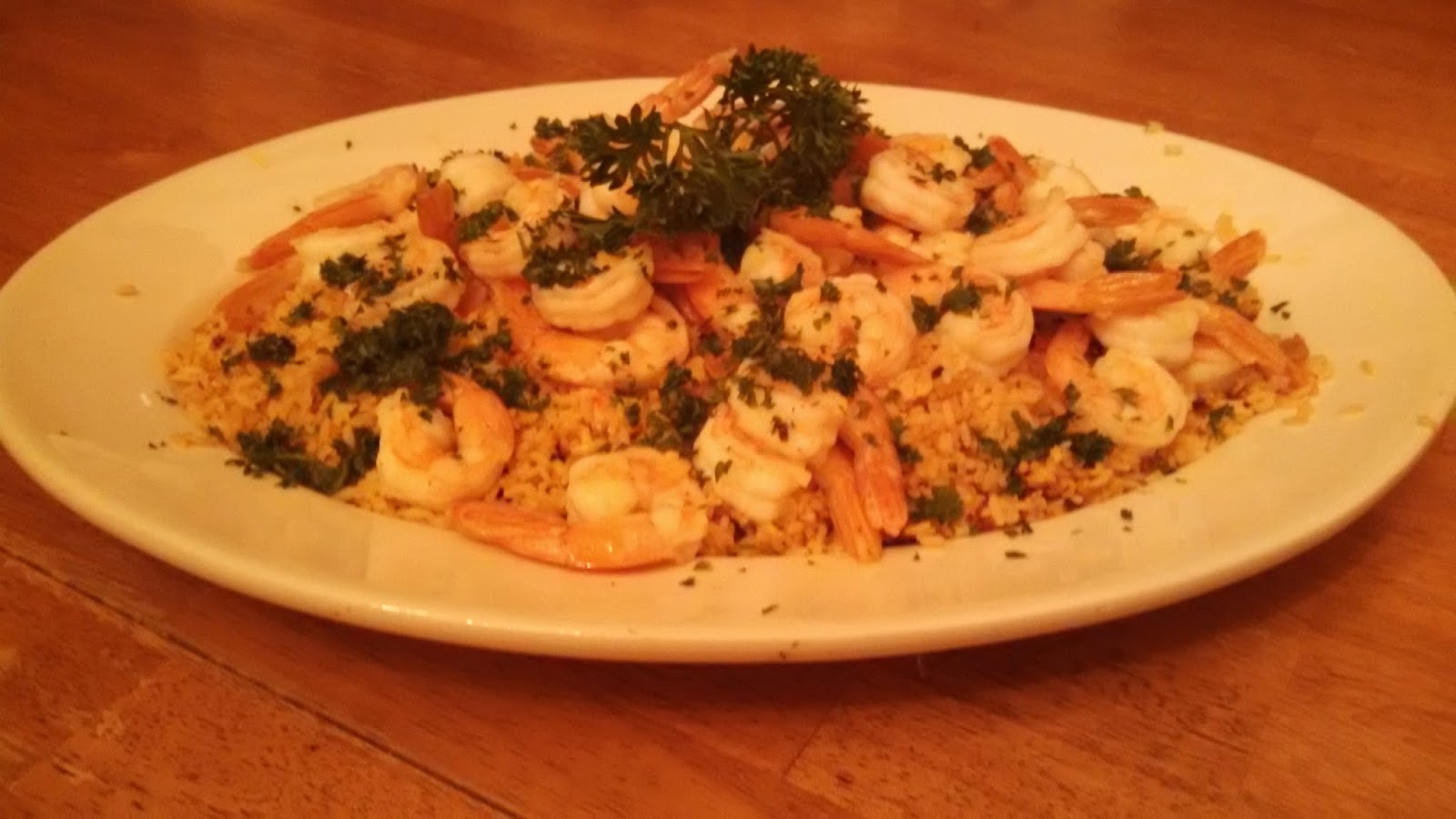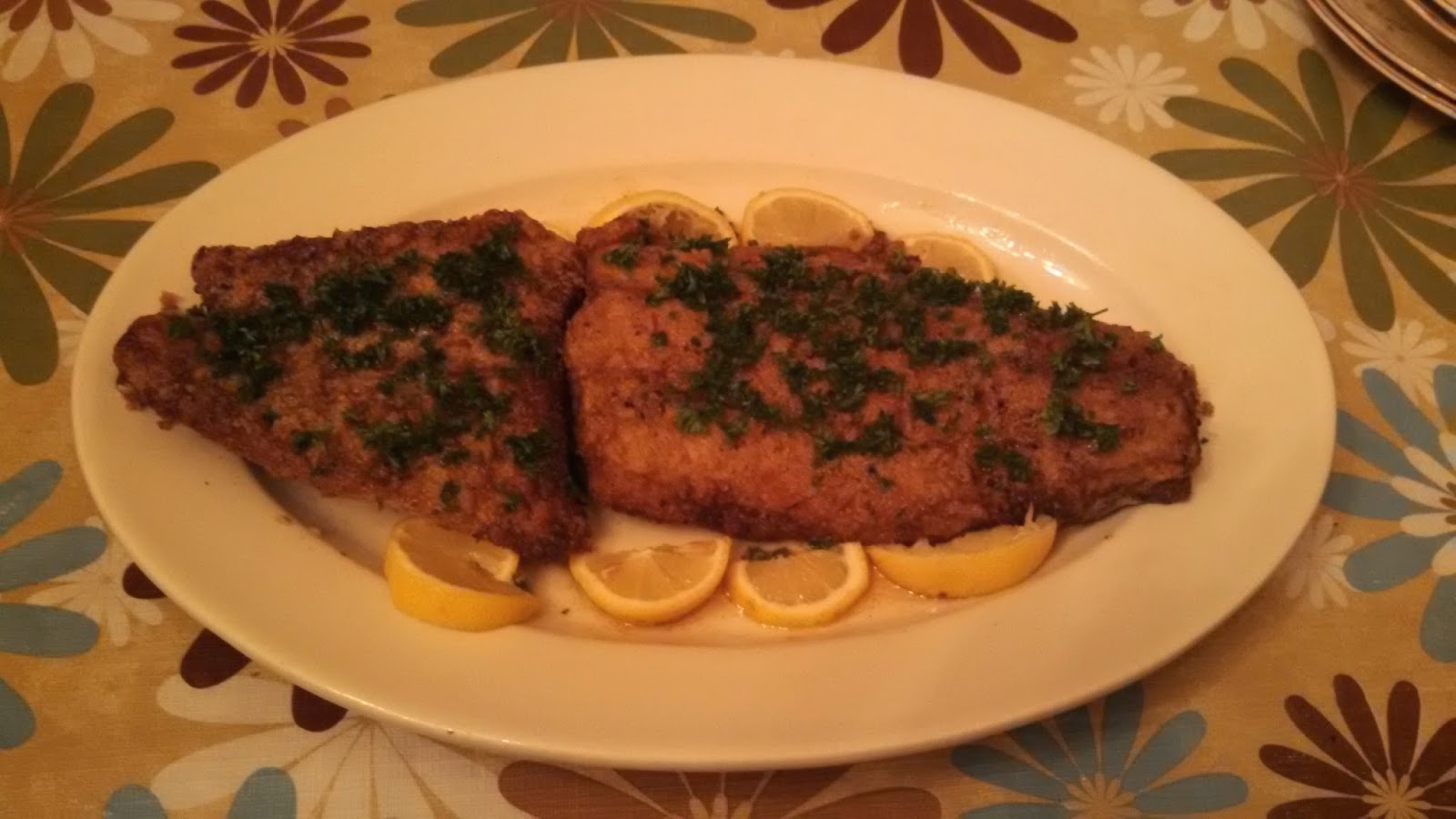Summer is upon us, and it’s salad time again. In our family, the favorite salad ingredient (apart from lettuce and tomatoes) is the avocado. A good, ripe avocado to us is a measure of heaven. And we prefer the big smooth ones rather than the small, pitted pear shape kinds. Think of Haas avocados. Nothing wrong with them, but being Nuyorican, we prefer the Caribbean variety.
In the old days, before we all became more knowledgeable of things culinary, the basic Puerto Rican salad was lettuce, tomato and avocado slices drizzled with olive oil and vinegar. Or we would have the avocado separately as a side dish in itself. Party salads and such were the province of San Juan debutante society. Today, in our household, we have a salad repertoire that is vast and various, ranging from from hot and cold to pasta and buffet salads. But we still hark back to the avocado as a mainstay. The recipe given below exemplifies that ideal. It’s Ensalada de Aguacate y Juevjes or avocado-crabmeat salad. It can be served as a meal in itself with a crusty loaf of bread, or as a salad course. Take you pick. By the way, if you’re interested in more ingenious avocado offerings, you can always pick up my cookbook Puerto Rican Cuisine in America (Running Press, Perseus Books). It’s chock-full of avocado inspired salads.
ENSALADA DE AGUACATE Y JUEYES
1 pound fresh lump crabmeat or 4 6-ounce cans crabmeat, drained
3/4 cup mayonnaise
1 lemon, cut in half
2 tablespoons finely chopped onion
2 clove garlic, peeled and finely minced
1/4 cup chopped fresh parsley
1/4 teaspoon dried oregano
1/4 teaspoon salt
1/4 teaspoon ground black pepper
2 fully ripened avocados
2 medium ripe tomatoes, cored and cut into slender wedges
Extra salt for sprinkling
Parsley sprigs for garnish
1. If fresh, pick over crabmeat to remove any shell or cartilage.
2. In a bowl, combine crabmeat, mayonnaise, juice of 1/2 lemon, onion, garlic, parsley, oregano, salt and pepper. Mix lightly.
3. Cut each avocado in half, peel and remove the pit. Cut each half into 6 or 8 wedges. Squeeze remaining lemon half over the avocado to prevent discoloration.
4. Place crabmeat in the center of a serving platter. Arrange avocado and tomato wedges alternately around the crabmeat. Sprinkle wedges lightly with salt.
5. Garnish with parsley sprigs and serve.
Yield: 4 servings.









